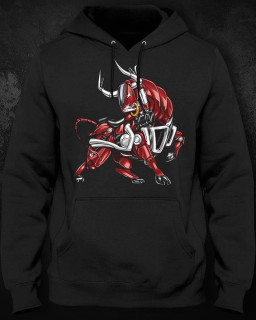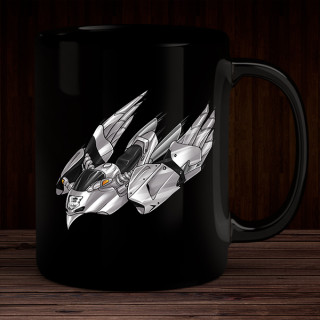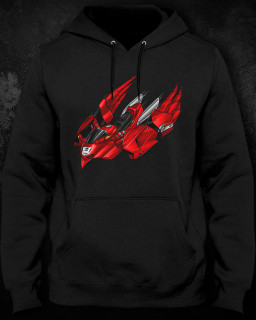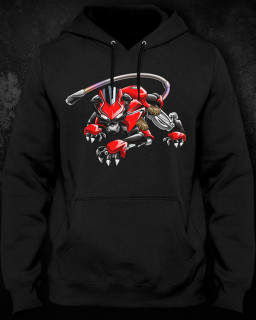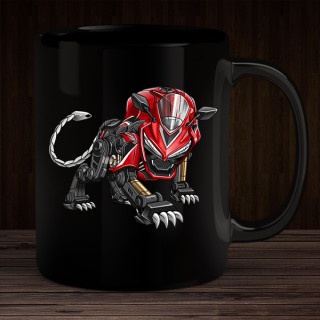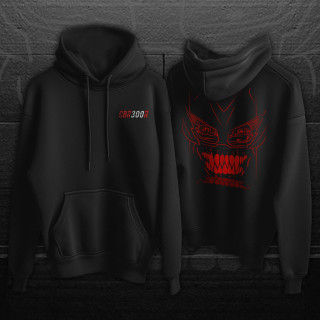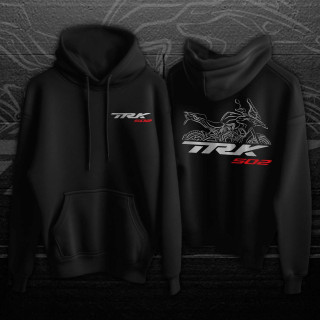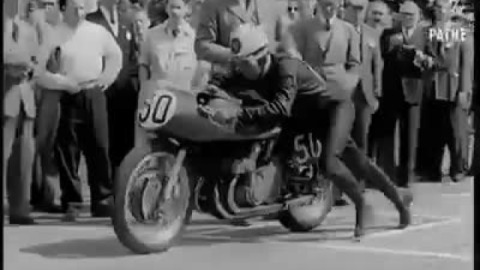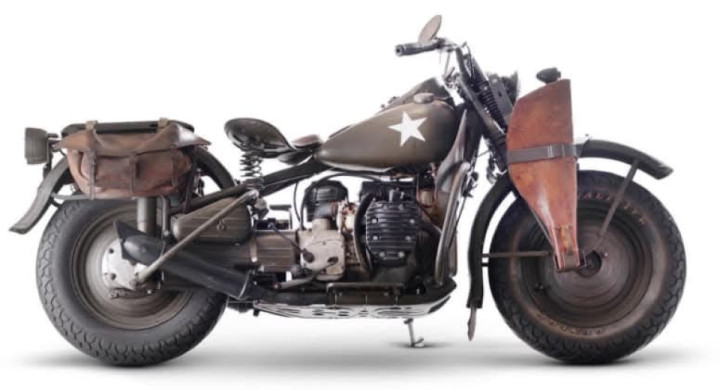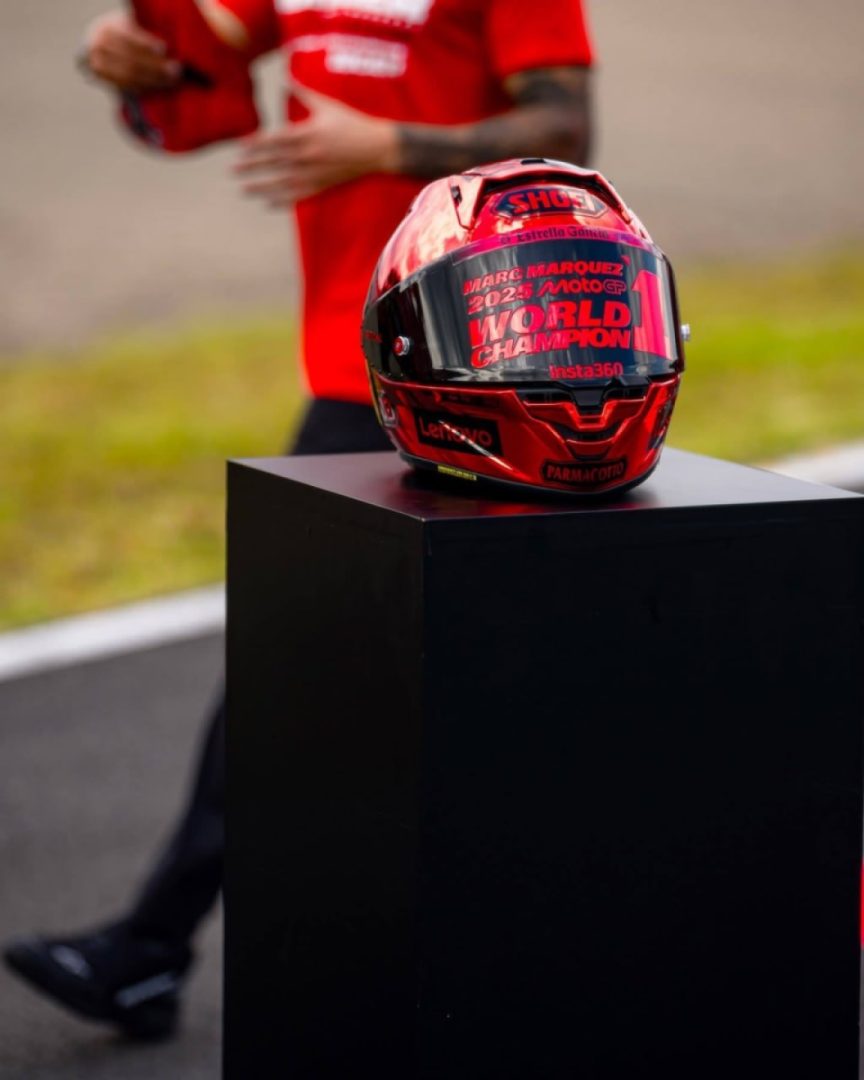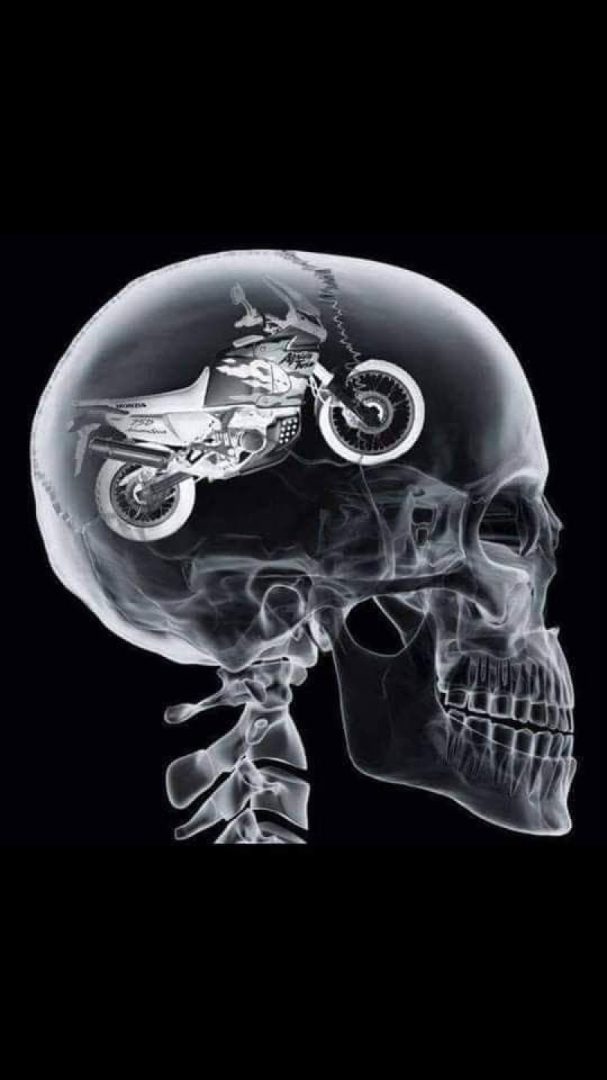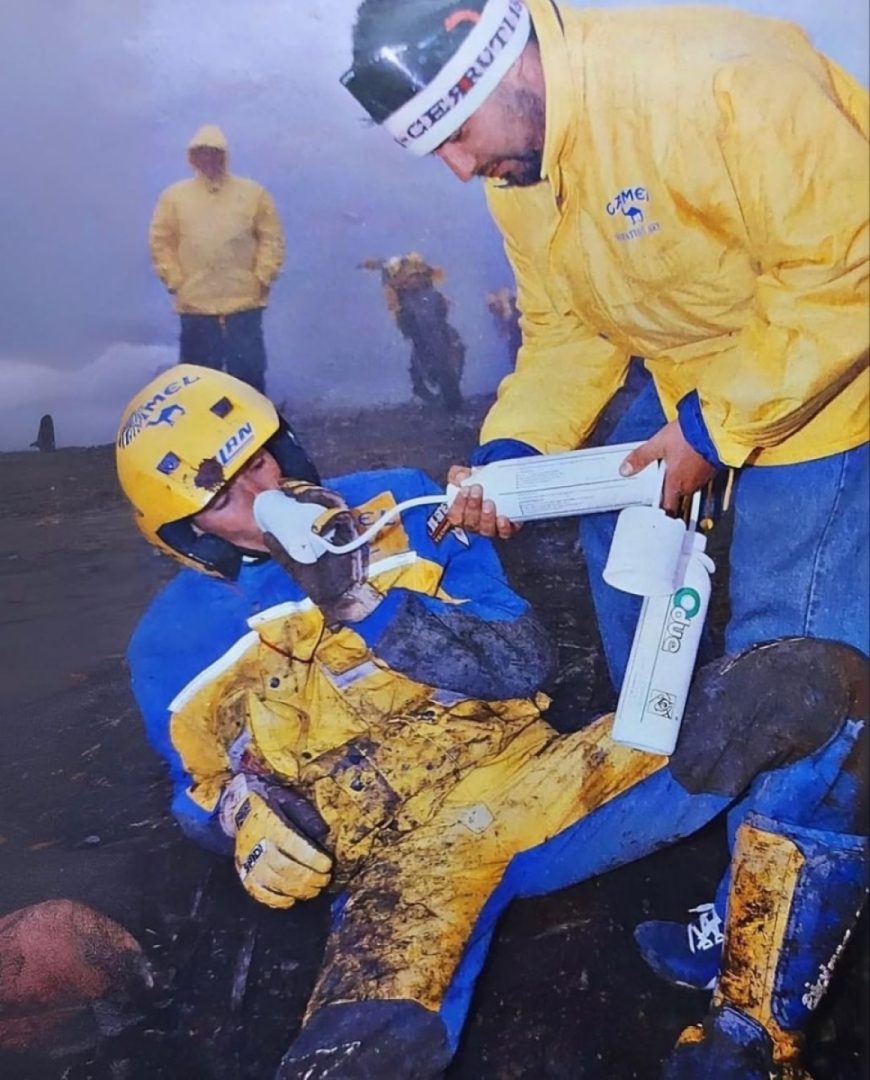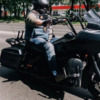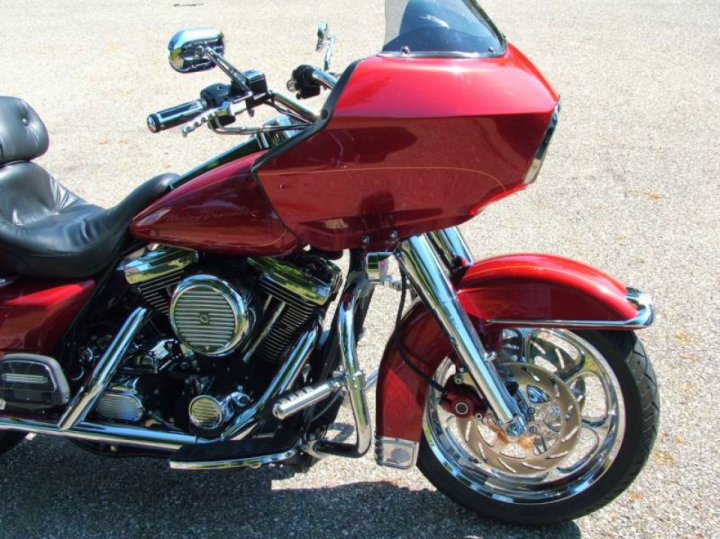
The History of Honda's V4 Obsession
In 1978 Honda’s R&D team started on a project that would shape the future of the company. History brushes over the fact their project was something of a failure and was eventually mothballed, but there is no denying this team’s work was pioneering. Keen to re-enter the premier racing class with a bang, Honda looked at the 500GP rules from a different angle. The likes of Suzuki and Yamaha were dominating the championship with their two-strokes, but Honda studied the rules and decided a radical four-stroke was the way to go. This decision may have been a case of Honda wanting to create a stir after an 11-year absence rather than actually being sensible and copying the established (and winning) format, however there is no denying in 1979 the NR500 was a headline grabber. Not only did it have a monocoque chassis, the NR500 came with Honda’s first V4 four-stroke engine. And it wasn’t just any V4…
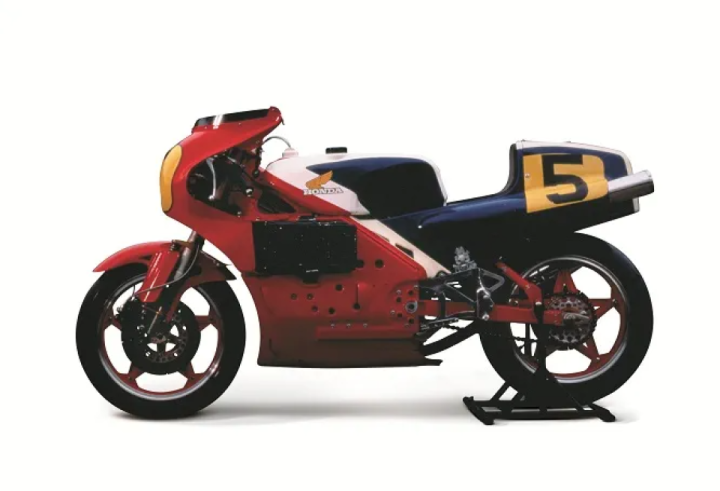
The NR500 had oval rather than conventional round pistons. The rules didn’t actually say this wasn’t allowed and it was, potentially, a very clever move by Honda. By using oval pistons, the NR’s engine had room for eight valves per cylinder – four for intake, four for the exhaust. This format maximized the flow of fuel and air both in and out of the cylinder, theoretically giving two-stroke beating power. The actual engineering required to create such an engine was mind-boggling as each piston had to have oval piston rings and two con rods, and that was even before you took the V4 configuration into account, but Honda achieved it and in 1979 the NR500 made its track debut.
Sadly for Honda, that is when the V4 dream turned sour. Uncompetitive and unreliable, the NR500 riders soon found themselves in trouble. Mick Grant and Takazumi Katayama only scored a single world championship point that year as the NR500 struggled. Despite more development, the 1980 season was a similar story and despite Freddie Spencer managing to get the NR500 into fifth at the British GP in 1981 before it broke down, the writing was on the wall for Honda’s radical four-stroke. Honda conceded defeat, abandoned the four-stroke GP route, and the V3 NS500 two-stroke replaced the NR in 1982. However Honda weren’t done with V4 GP bikes and the V4 format returned in 1984. And boy did it return…
It wasn’t exactly a radical decision as V4 two-strokes had already proved their worth with both Yamaha and Suzuki, but the NSR500 and its V4 two-stroke arrived and decimated the competition. Throughout the 1980s and 1990s until the two-stroke class was abolished and four-stroke MotoGP bikes took over in 2002, the NSR was the bike to have. It took ten world titles, six of which were in a row thanks to Mick Doohan and Alex Criville between 1994 and 1999, and it even won the last ever two-stroke title with some chap called Rossi at the helm in 2001. The fact that the four-strokes had to increase in capacity to 990cc to beat the 500cc two-stroke’s lap times showed that Honda really were up against it in 1979 with the NR500 (and also vindicated Honda’s decision by showing just how impressive the NR actually was), but there was no denying the V4 had demonstrated it was a great GP engine. However it was away from the GP circuit that Honda was really championing the worth of the V4 engine configuration. And it was doing it with a four-stroke…
After a rocky start, Honda’s V4 infatuation eventually pays off
Ironically, in the very same year that Honda abandoned the NR500 project, it released its very first V4 road bike – the 1982 VF750. In an age of inline fours, the VF750 stood out thanks to its engine. Although not necessarily for all the right reasons, but more of that later…

Originally released in 750 format, the VF was soon followed by the VF400, VF500 and later the VF1000R. However before the VF1000R road bike appeared in 1984, Honda were back on track with a 1000cc V4 four-stroke. The RS1000RW was basically a VF750 with its capacity increased and not only was it Honda’s first V4 racer with ‘conventional’ round pistons, it was one hell of a race bike! Producing 148bhp, the RS’s performance was beyond what the tyres of the day could handle and forced Bridgestone and Honda to jointly develop the first radial motorcycle tyre! However while the RS was impressing on track, in Honda dealerships things were going bad when it came to the V4.
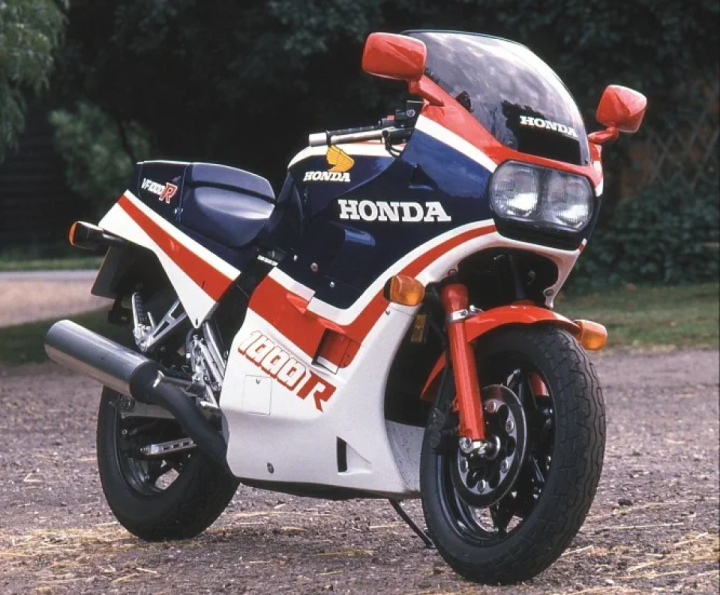
A large number of VF750s developed major mechanical issues, something that quickly lead to the model being dubbed ‘the chocolate camshaft’. Despite the RS1000RW’s track success, the credibility of Honda’s prized V4 engine on the road was in doubt due to the VF750’s disastrous reliability and the company needed to do something drastic. The VF1000R was the first road going Honda V4 to feature gear driven cams, which appeased sportsbike riders, however what Honda needed was a bike to take the V4 engine to the masses. A plan was hatched to make an absolutely bulletproof V4, a bike that would cement the V4’s reputation in road rider’s minds. That bike arrived in 1986 when Honda released the VFR750F.
The V4 success story
Before we talk about the VFR750F, we need to make note of one of Honda’s forgotten V4 heroes – the RVF750 (no, not the RC45). Released a year before the VFR750F in 1985, the RVF took the VF750 engine as a base and after altering the firing order and sticking it in an aluminium box-section frame, made a formidable race bike that won the Suzuka 8-Hour and the Bol D’Or 24-hour. Why does this bike matter? A lot of the VFR750F’s success is down to DNA from the RVF.
Although nowadays the VFR750F is viewed as a sports tourer, in 1986 it was a very impressive sportsbike thanks to the RVF’s influence. Yes, VFR’s V4 engine with its 180-degree firing order and reliability-boosting gear driven cams made for a lovely spread of power and torque, but it was its aluminium chassis that separated it from other machines of the day. This was a relaxed tourer that was able to cut it with the very best dedicated sportsbike such as the GSX-R750. And not only that, it was very competitively priced. Desperate to abolish memories of the VF750F and win riders over to the V4, it is rumored that Honda used the VFR750F as a loss-leader and actually took a hit on each one made in the bike’s early years. Considering a brand new VFR750F cost just £3,499 in the UK, you have to believe this rumor might have been true. And as if the fact the VFR was a brilliant road bike wasn’t enough, the reputation of the V4 engine was about to go stellar…
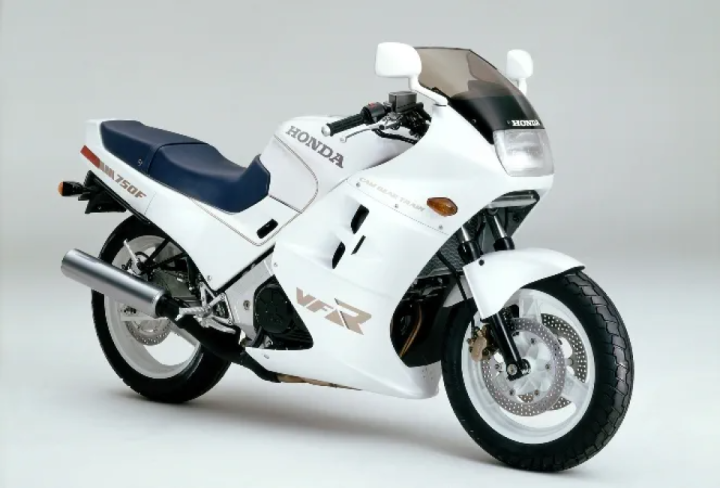
The tale of two V4s
In 1987, to the surprise of many, Honda revisited the oval piston project. The forgotten about NR750 was designed as an endurance machine and raced alongside the RVF, however while both were 750cc V4s, the NR mirrored the design principles of the ill-fated NR500. Why Honda decided to do this was something of a mystery, but it is possible HRC were yet to determine the correct route for their entry into the brand new World Superbike championship. Whatever the reason, conventional round pistons won the battle and in 1988 the most iconic V4 ever built as launched – the VFR750R RC30.

The RC30 was a pure homologation special and a bike you really could buy on Saturday and race on Sunday, which is what Carl Fogarty did, taking three F1 World Titles on a Tony Scott tuned RC30. Add to this multiple TT wins, two WSB titles and domestic success the world over and you can see why the RC30 is such a legend. It even had a baby brother, the VFR400 NC30 (and earlier 400cc V4s as well as the later NC35), for those who couldn’t afford the RC30. When you talk about Honda’s V4s, this is the bike that everyone remembers. But what of the NR750?

Most riders remember 1992 for the launch of the FireBlade, however it was this year that Honda released what remains arguably the most technologically advanced motorcycle ever built – the NR750. Using the same 32-valve V4 oval piston design as the NR750 racer, the road bike took all this technology and moved it in a giant leap. Little more than Honda demonstrating how clever they could be if required, the NR750 cost a staggering £38,000 but came with a spec sheet that left riders open mouthed. Titanium con rods, oval pistons, underseat exhausts (which the Ducati 916’s designers copied), an infinity dash, singlesided swingarm, inverted forks, magnesium wheels, you name it, the NR750 had it. To many this bike remains the ultimate expression of the V4 engine. Why? Well, to be brutally honest, every V4 road bike since has been a bit of a let down…
Troubled times for the V4
After the incredible success of the RC30, in 1994 much was expected of Honda’s new V4 WSB homologation special. Named the RVF750R RC45, this bike would spearhead Honda’s first factory-backed WSB effort. A ground-up new V4 with fuel-injection and a short-stroke motor, the RC45 failed to live up to expectation. Privateers struggled to make the Honda competitive and faced with the all-conquering Ducati 916 in WSB, the RC45’s single title in six years (nice one John Kocinski) was scant reward for a lot of Yen’s development. True, it dominated the Suzuka 8-Hour race, taking five titles in six years, and was amazing at the TT, but it couldn’t match the Ducati. In 2000 Honda threw in the towel on the V4 project and brought out its own V-twins, the SP1 and SP2, which took two WSB titles in four years. With WSB now allowing 1000cc inline fours, the days of the V4 race bike were over. For now at least…

And things weren’t much better for the V4 on the road, either. With sales of the VFR slowing down and its 800cc capacity starting to show its limitations against a new breed of 1000cc sports tourers, Honda attempted to breath new life into the VFR with a V-TEC variable valve system. Technologically very clever, the V-TEC system allowed the V4 to switch between two and four valves per head, boosting low end power without sacrificing top end. Sadly, while on paper it was very clever, in reality the system was a pig and as adventure bikes took over the role sports tourers had once occupied, sales of Honda’s last V4 dried up. But Honda weren’t done with the V4 just yet…
In 2009 the VFR1200F arrived with a brand new 1237cc V4 engine boasting a ‘UNICAM’ head to make it as narrow as possible to improve weight distribution. Added to a ride-by-wire system, C-ABS, a slipper clutch and of course that wonderful V4 engine, the VFR1200F should have been a hit. Sadly for Honda it fell at the first hurdle and has remained an unpopular bike, despite the addition of the DCT transmission. Sticking the V4 in the Crosstourer adventure bike did little to win riders over and even the new VFR800 and Crossrunner have failed to rekindle rider’s passion for the V4 engine in a road bike. But at least the V4 is back to its winning ways on track…
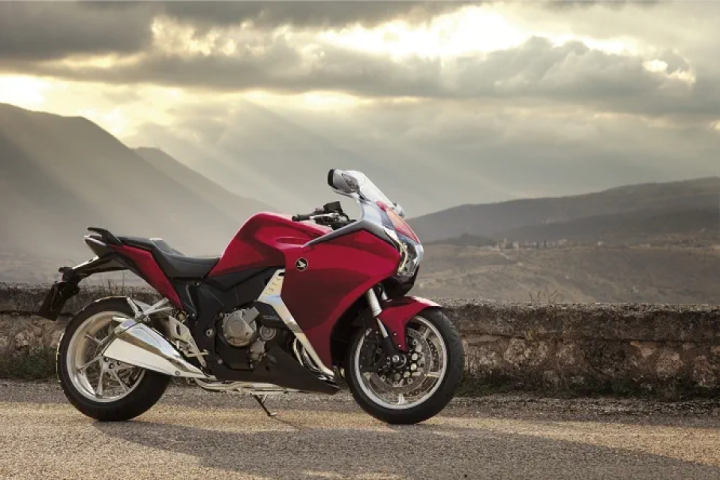
The fastest V4 on the track
After flirting with the V5 format while MotoGP was 990cc (which is basically a clever V4), when the rules were changed in 2007 to reduce capacity to 800cc, Honda returned to its beloved V4 with the RC212V. After a tricky start, which wasn’t helped by a rapid Ducati and that Rossi chap on his Yamaha, in 2011 the RC finally took the world title with Casey Stoner. Honda were back on top the world and they had done it with a V4. How annoying the MotoGP rules were about to change again!

With the 2012 season dictating the bikes were back up in capacity to 1000cc, Honda stuck with the V4 and finished second and third in its first season. Then, after Casey Stoner’s shock retirement made way for MotoGP rookie Marc Marquez, the RC213V took the title for the next two years running. Although this was down in part to Marc’s amazing skills and not just the V4 engine. Whatever the reason, the fact remains that after a barren period, when Honda release the RC213V-S road bike we will once again see a proper kick-arse V4 with the Honda wing on its tank and that unmistakable V4 burble exiting from its exhaust. God bless the V4.
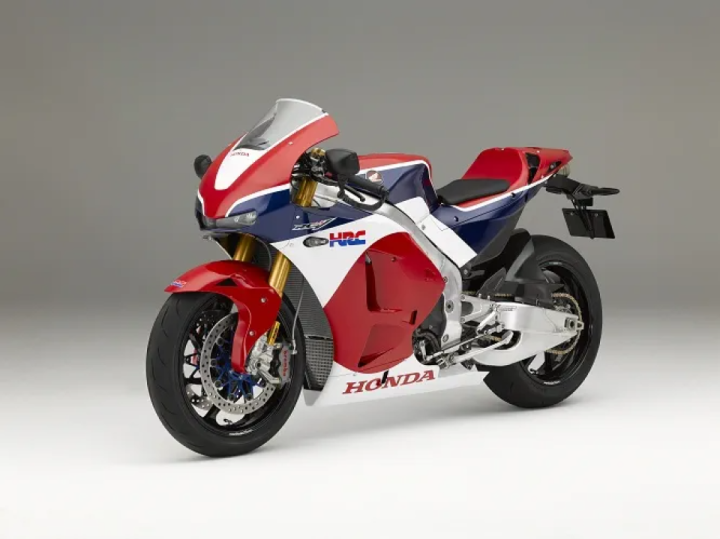
#Moto #Sportbike #Honda #Classic #HRC #Bike #Repsol #HondaV4


